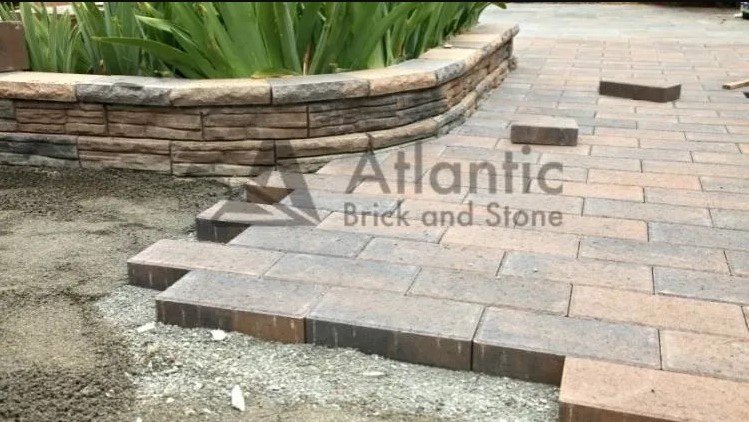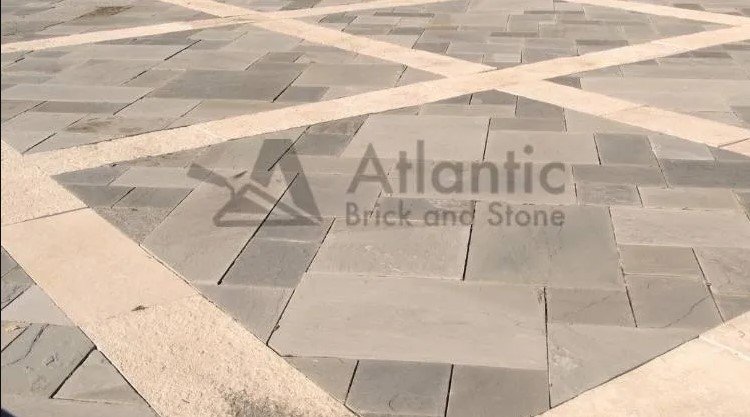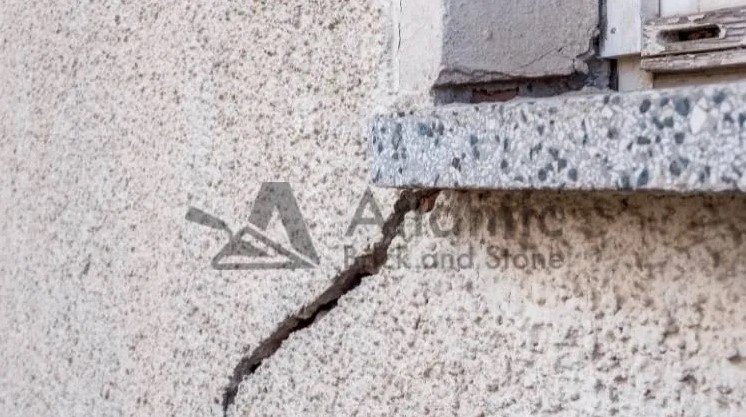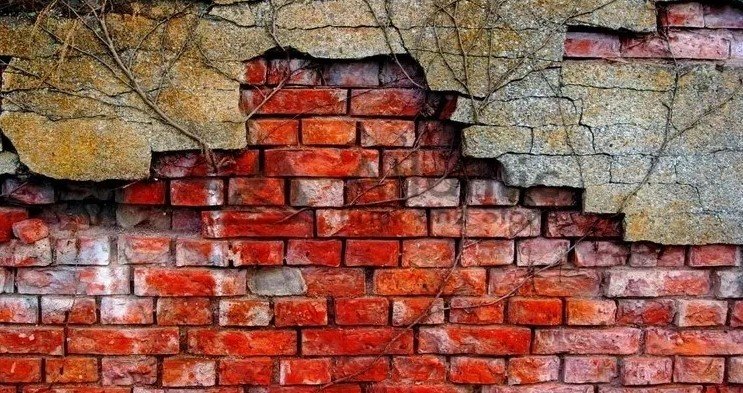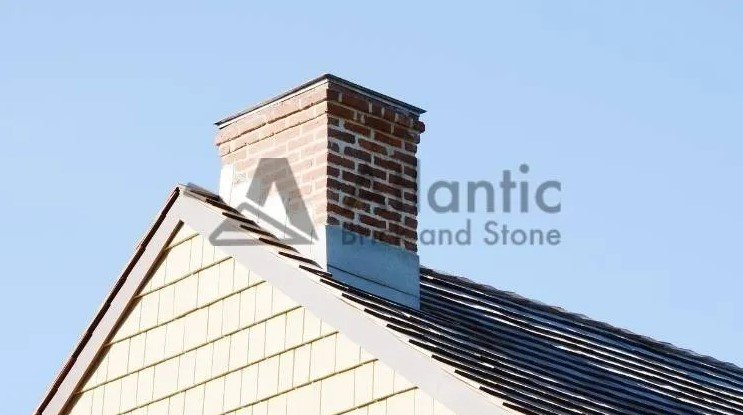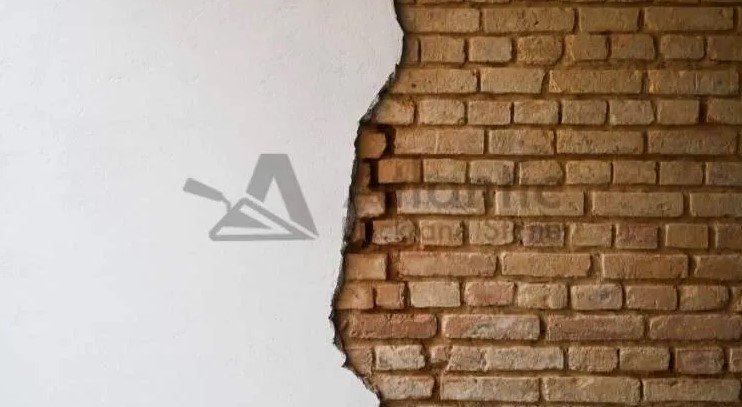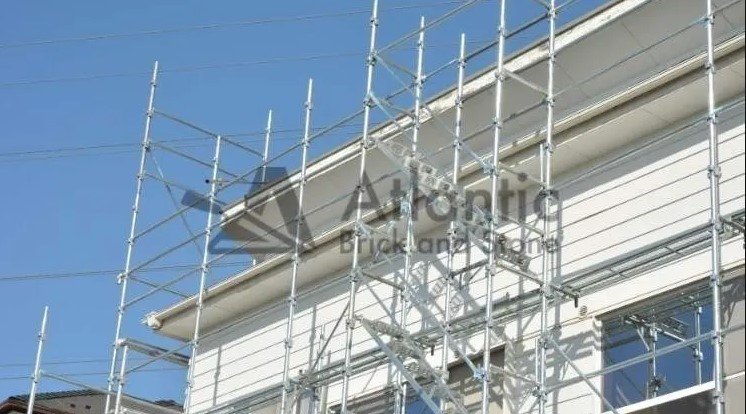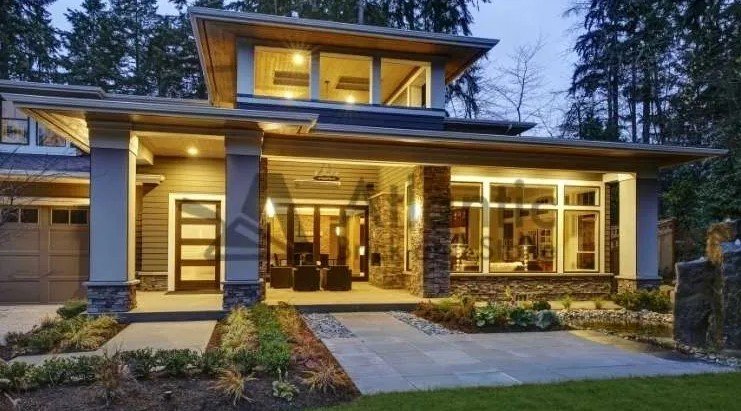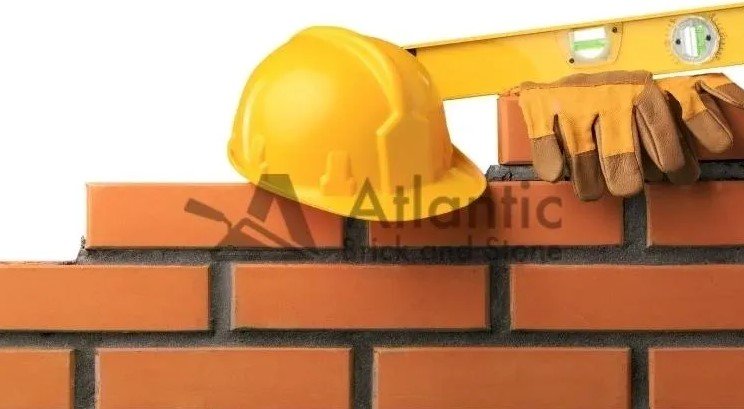Get the Best and Most Durable Interlocking Paver for Your Yard
Get the Best and Most Durable Interlocking Paver for Your Yard When it comes to finding the best interlocking paver for your yard, you want to make sure that you find something that is both durable and looks great. There are a lot of different options out there, so it can be hard to know where to start. Here we will discuss different types so you can choose any one according to your project requirement. What is Interlocking Paver? Interlocking stone, also known as paving stones or pavers, is a type of flat, pre-fabricated stone used in outdoor paving applications for walkways and patio. Unlike traditional stone that is cut and shaped on-site, interlocking stone is cut to a specific size and shape and then installed on a prepared base. This type of stone is ideal for creating custom designs, as it can be laid in any pattern or design. In addition, interlocking paver is also very durable and low-maintenance, making it a popular choice for both commercial and residential constructions. Pro Tip: The durability of pavers also depends on proper installation. So always hire hardscapes professional to ensure that your pavers will last for many years. If you do not properly install your pavers, they can become loose and shift, which will cause them to break and crumble over time. Different Types of Interlocking Stone There are many different types of interlocking paving material, each with its own unique benefits. Here, we will take a look at a few of the most popular types of interlocking stone to help you choose the right one for your project. Brick Pavers Brick pavers are a popular choice for interlocking stone projects. Interlocking brick pavers are made from fired clay. Brick pavers are available in a variety of shapes, sizes, and colors. Brick pavers are easy to install and are very durable. They can be used for a variety of applications, including patios, walkways, and driveways. One of the main benefits of interlocking bricks is that they are very easy to install. This is because the bricks are designed to fit together without the need for mortar or other bonding materials. This means that you can save a lot of time and effort when you are building with interlocking bricks. Another great benefit of interlocking bricks is that they are very strong and durable. This is because the bricks are interlocked together, which makes them much more difficult to break apart, and your structure will be able to withstand a lot of wear and tear, which is ideal if you live in an area that experiences extreme weather conditions. These brick pavers are also very low maintenance. This is because they do not require mortar or other bonding materials, which means that you will not have to spend time and money on repairing your bricks. This is ideal if you want to create a structure that is low maintenance and easy to care for. Natural Stone Pavers Interlocking natural stone pavers are a type of paving stone that is designed to fit together without the need for mortar or grout. The stones are cut with a beveled or chamfered edge that allows them to interlock with each other. This type of stone paving is very popular for garden paths and patios because it is very attractive but can be quite expensive. One of the greatest benefits of using natural stone pavers is the vast array of colors and styles that are available. Whether you are looking for a classic look or something more modern, you are sure to find the perfect pavers for your home. Another benefit of using natural stone pavers is that they are easy to repair. If one of your pavers becomes cracked or damaged, you can simply remove the damaged paver and replace it with a new one. This is much easier than having to replace an entire section of concrete or asphalt. Perhaps the most important benefit of using natural stone pavers is that they are incredibly long lasting. When properly installed and maintained, natural stone pavers can last for decades. This makes them a great investment for any home improvement project. Concrete Pavers Interlocking concrete pavers are a type of molded concrete that is designed to fit together without the use of mortar or other adhesives. The pavers are designed to interlock with each other, creating a sturdy and stable surface. They are an affordable alternative to traditional concrete or asphalt driveways, and can be used to create a variety of different patterns and designs. These pavers come in a variety of shapes and sizes, making it easy to find the perfect fit for your project. They can be used to create a variety of different patterns and designs, and are available in a variety of colors. You can even find concrete pavers that are made to look like natural stone, brick, or wood. Concrete interlocking pavers are a great way to add beauty and value to your home. They are durable and affordable, and come in a variety of shapes and sizes. Driveways, patios, and walkways can all be enhanced with the addition of concrete pavers. One of the biggest benefits of using interlocking concrete pavers is that they can bear weight. This means that they are durable and can withstand heavy traffic. If you have a lot of cars or if you often have large vehicles parked on your driveway, interlocking concrete pavers are a great option. These types of pavers are less expensive than other options. If you are looking for a new driveway on a budget, interlocking concrete pavers are a great option. At Atlantic Brick and Stone, we specialize in helping our clients in Fredericton to design and build the perfect landscaping project. Our company has been providing different types of hardscape installation for the past 15 years. No matter what your vision is, we can work with you to make it a reality. If you are not sure what

